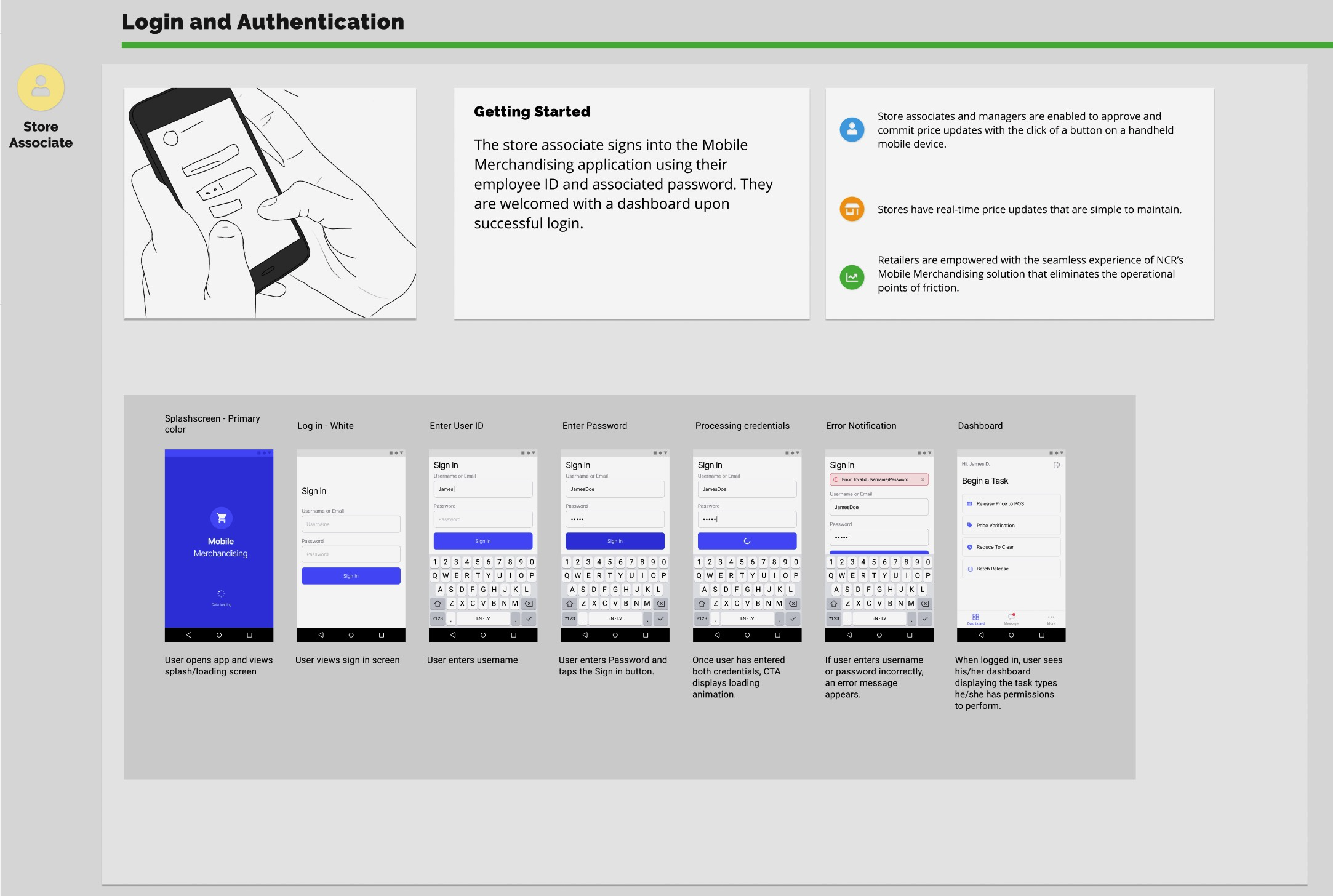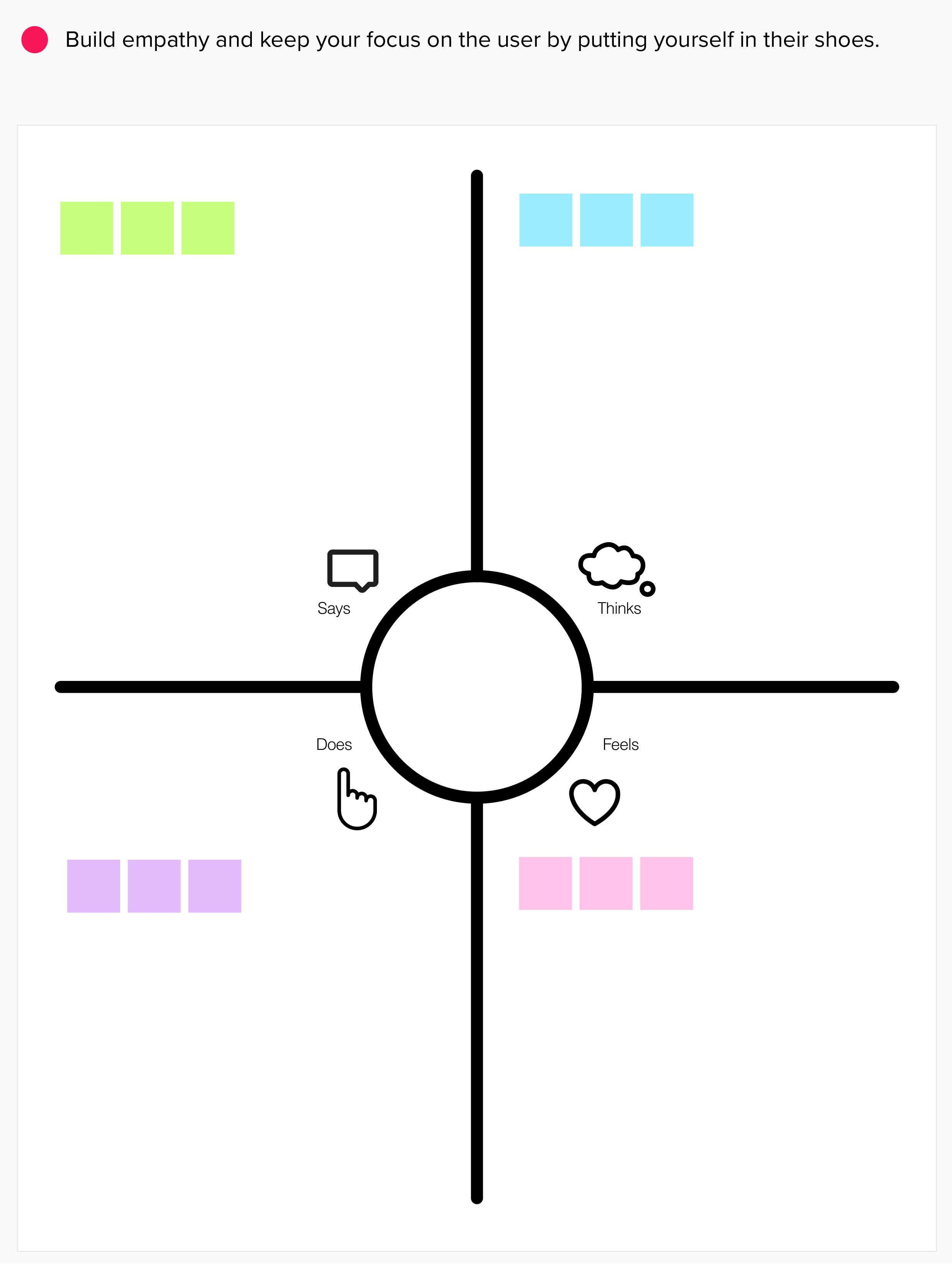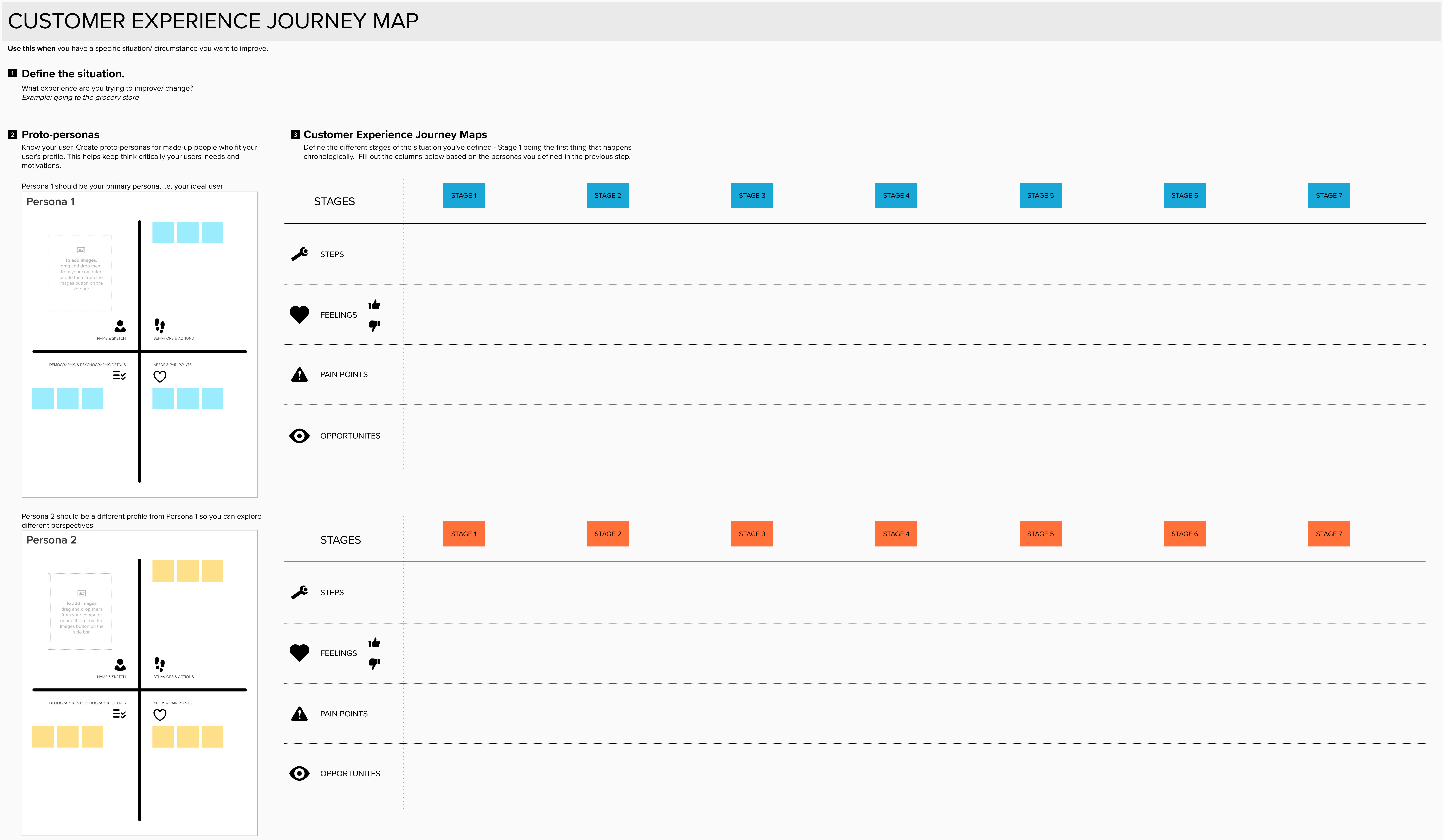In order to create products that are enjoyable, satisfying to use, and aesthetically pleasing in behavior as well as shape, designers would need to learn how to design hardware and software as well as physical objects. For me, this was the beginning of designing interactions between people and products that contain electronics.
—Bill Moggridge, “Kind to Chips but Cruel to People” in Designing Interactions [M3:1]
3. Design¶
3.1. Introduction¶
Many people confuse the terms art and design. Not without controversary, expressions of fine art are intended to be appreciated; however, expressions of design are intended to be implemented. Design, itself, may be considered an art by some, but one need not be an “artist” to be a good designer. The readings in this module cover design as a process, i.e., a series of actions or steps taken in order to achieve a plan for a manufactured object or service. In Designing the User Interface [TB:1], the focus is on the important phases of this proccess, including requirements analysis, preliminary and detailed design, implementation or design realization, and evaluation. While that covers design from a technical perspective, the chapter in The Design of Everyday Things [TB:2] emphasises high-level challenges in human-centered design.
3.2. Required Reading¶
Please read the items in the list of required readings below. If you are in CSCI 6800, then there may be some additional required readings.
Required Reading for Everyone
Donald A. Norman. Chapter 6: Design Thinking. In The Design of Everyday Things, pages 217–257. Basic Books, New York, New York, Revised and Expanded Edition edition, 2013.
Ben Shneiderman, Catherine Plaisant, Maxine Cohen, Steven Jacobs, Niklas Elmqvist, and Nicholas Diakopoulos. Chapter 4: Design. In Designing the User Interface. Pearson, Boston, 6 edition, 2017.
Ben Shneiderman, Catherine Plaisant, Maxine Cohen, Steven Jacobs, Niklas Elmqvist, and Nicholas Diakopoulos. Chapter 5: Evaluation and the User Experience. In Designing the User Interface. Pearson, Boston, 6 edition, 2017.
Optional Further Reading
James Kalbach. 2016. Mapping Experiences: A Guide to Creating Value through Journeys, Blueprints and Diagrams. O'Reilly Media Inc, Sebastopol, CA. ISBN 9781491923535.
William Buxton. 2007. Sketching User Experiences: Getting the Design Right and the Right Design. Elsevier/Morgan Kaufmann, Amsterdam Boston. ISBN 9780123740373.
3.3. Key Terms¶
- activity¶
- art¶
Skill; its display, application, or expression [M3:2]. See also: fine art.
- design¶
Design is a deliberate process of increasing fixation, where a designer creates progressively detailed plans (e.g., descriptions, visual depictions, etc.) for a specific manufactured object or service [M3:3]. A plan created during this process may, itself, also be referred to as a design.
- design thinking¶
A human-centered design approach that divides project activities into three iterative spaces (i.e., groups of activities) that support a continuum of innovation [M3:4]: inspiration, ideation, and implementation. Design thinkers emphasize real user problems and solutions that are both functional and affordable
- empathy map¶
A visualization that captures knowledge about a user’s behaviors and attitudes.
- fine art¶
The creative arts, including the visual arts, poetry, music, rhetoric, etc., whose products are intended to be appreciated primarily or solely for their aesthetic, imaginative, or intellectual content [M3:5].
- human-centered design¶
An approach to design and development that aims to make interactive systems more usable by focusing on the use of the system and applying human factors/ergonomics and usability knowledge and techniques [M1:6].
Note
The term “human-centered design” is often used rather than “user-centered design” in order to emphasize that the design process impacts a number of stakeholders, not just the users.
- interaction design¶
The application of design ideas to the creation of digital artifacts, such as applications, websites, and devices [M3:3]. Shneiderman et al. [TB:1] describe it as, “the design of the digital interface itself.”
- journey map¶
A visualization of the process that a person goes through in order to accomplish a goal.

Fig. 3.5 Example of a Journey Map for a Store Associate as they Login and Authenticate to an app. Image courtesy of Maja Culum, UX Architect, NCR. Spring 2021.¶
- participatory design¶
A design approach that attempts to actively involve all stakeholders in the design process to help ensure equitable outcomes.
- requirements analysis¶
In an interaction design process, a phase that collects and validates all of the necessary requirements of various stakeholders for an interactive system or device and yields a requirements specification or document as its outcome [M3:3].
- scope¶
In project management, scope comprises the goals, deliverables, tasks, costs, deadlines, etc. that are associated with a project and a a description of the responsibilities for each project team member.
- stakeholder¶
An individual or organization having a right, share, claim or interest in a system or in its possession of characteristics that meet their needs and expectations [M1:6].
- task¶
An organized, cohesive set of operations directed toward a single, low-level goal [TB:2].
- usability engineer¶
- user-interface architect¶
- user experience designer¶
- experience designer¶
The job title for a person whose job requires them to formally participate in one or more phases of the interaction design process and/or human-centered design process. People with this job title are often part of a UX team.
- implementation¶
For user experience and interaction design, the implementation phase is where all of the work results in an actual, working product [TB:1]. This usually intersects with software engineering or hardware engineering.
- user¶
A person who interacts with a system, product or service [M1:6].
- UX¶
- user experience¶
The user’s perceptions and responses that result from the use and/or anticipated use of a system, product or service [M1:6].
- user interface¶
All components of an interactive system (software or hardware) that provide information and controls for the user to accomplish specific tasks with the interactive system [M1:6].
3.4. References¶
- M3:1
Bill Moggridge. 2007. Designing Interactions. MIT Press, Cambridge, Mass. ISBN 978-0-262-13474-3.
- M3:2
Oxford English Dictionary. "art, n.1". URL: https://www.oed.com/view/Entry/11125.
- M3:3(1,2,3)
Ben Shneiderman, Catherine Plaisant, Maxine Cohen, Steven Jacobs, Niklas Elmqvist, and Nicholas Diakopoulos. 2017. Chapter 1: Designing the User Interface. Pearson, Boston, 6 edition. ISBN 978-0134380384.
- M3:4
Tim Brown. Design Thinking. Harvard Business Review, 86(6):84 – 92, 2008.
- M3:5
Oxford English Dictionary. "fine art, n.1a". URL: https://www.oed.com/view/Entry/70365.

